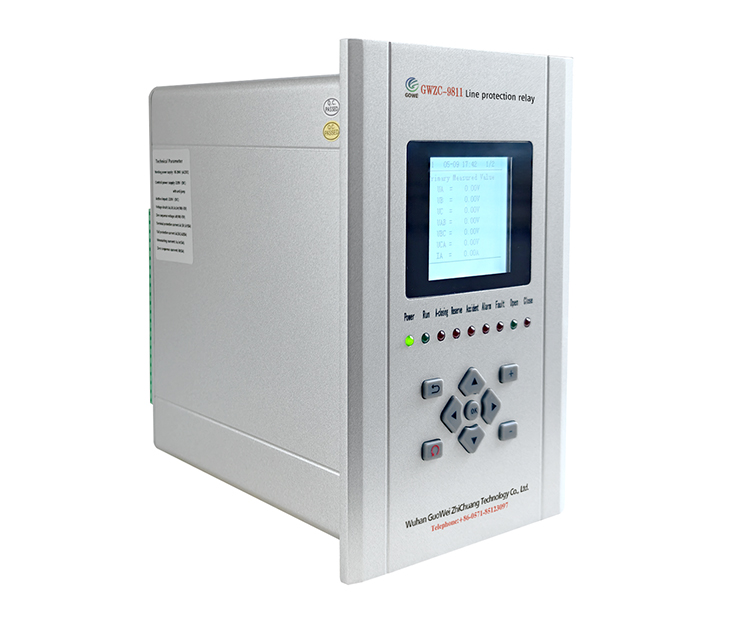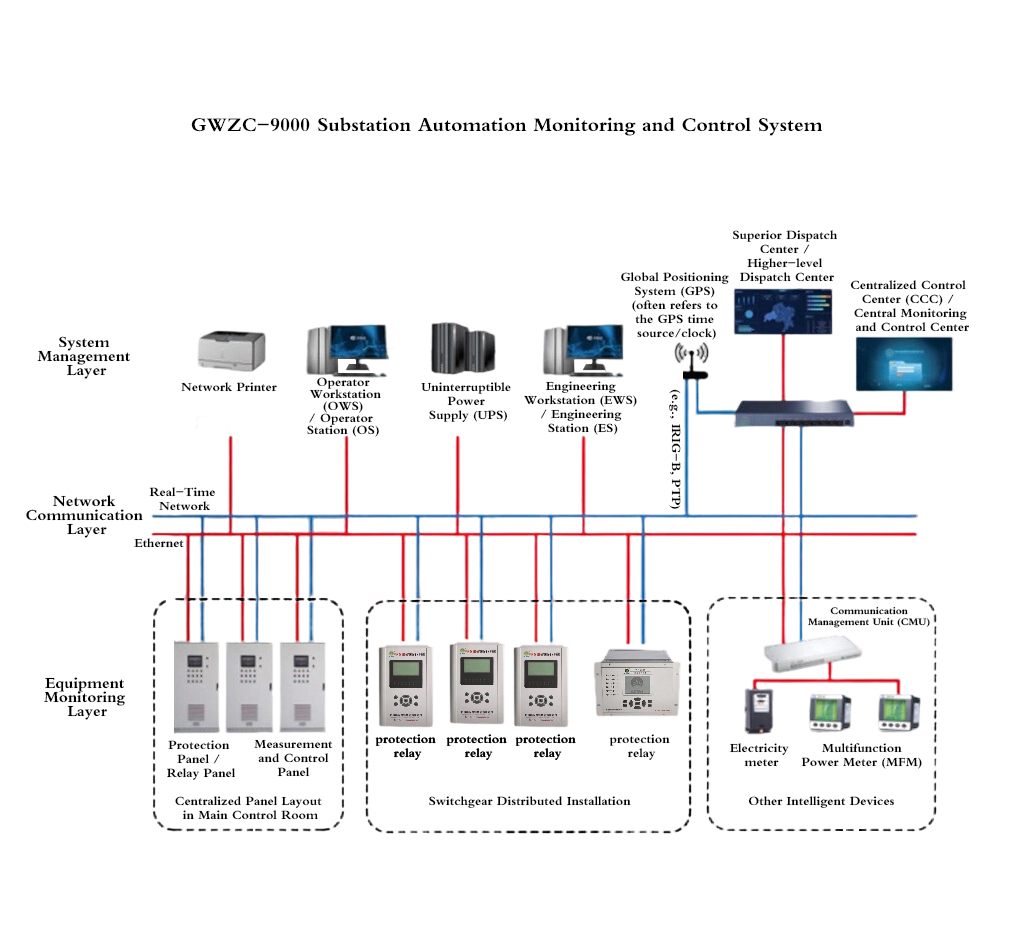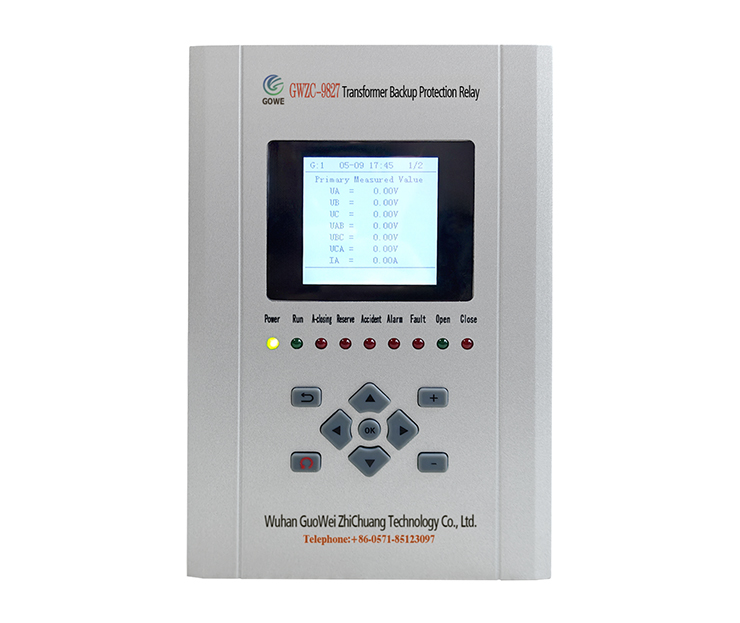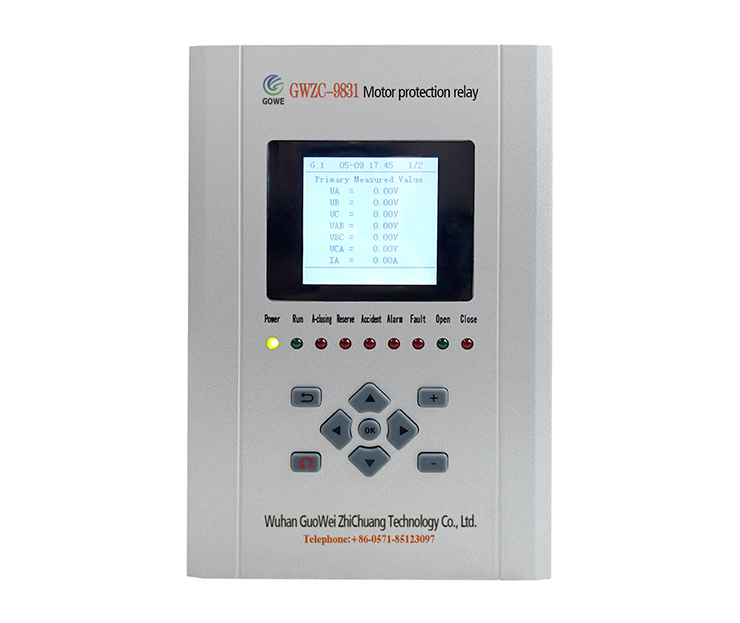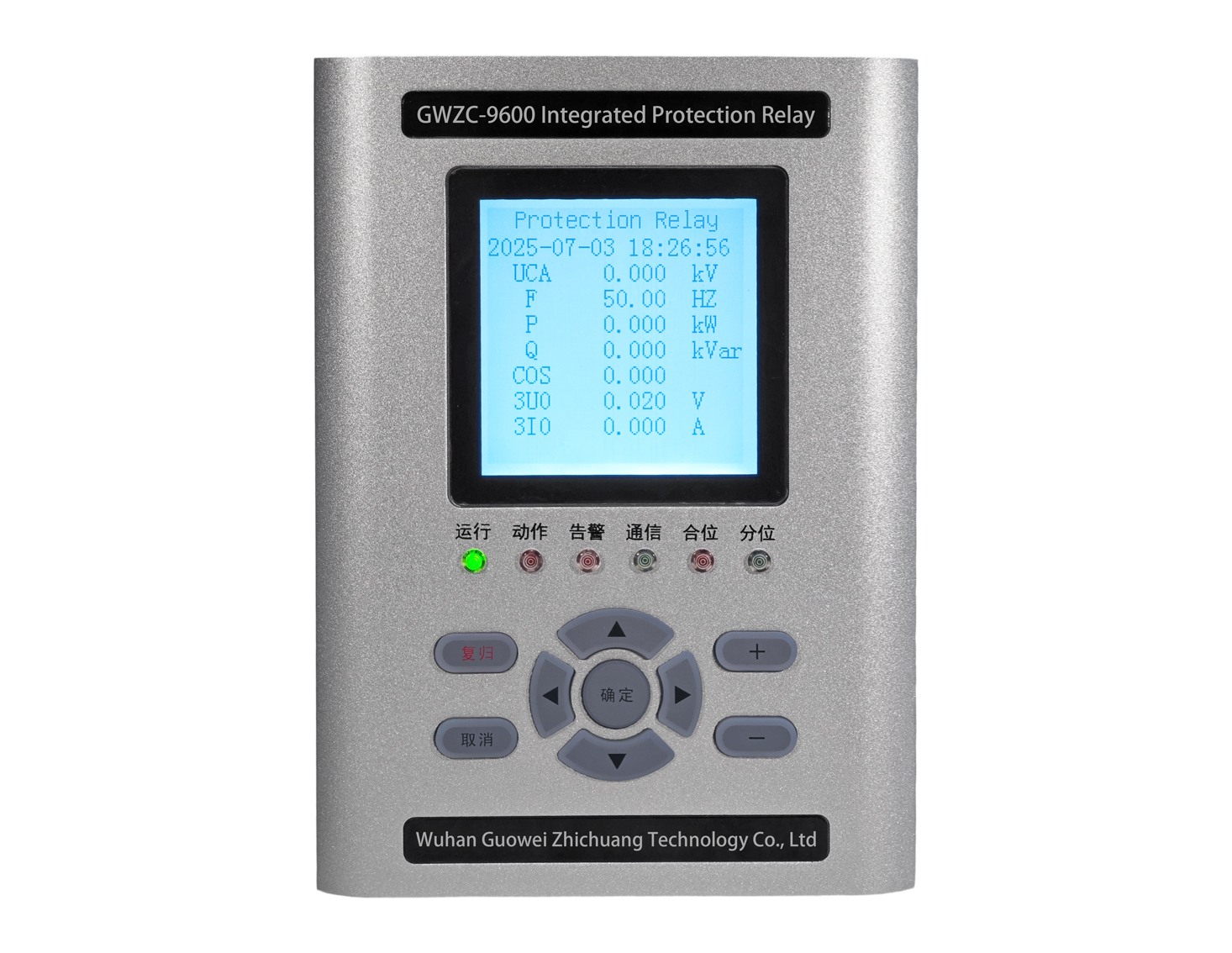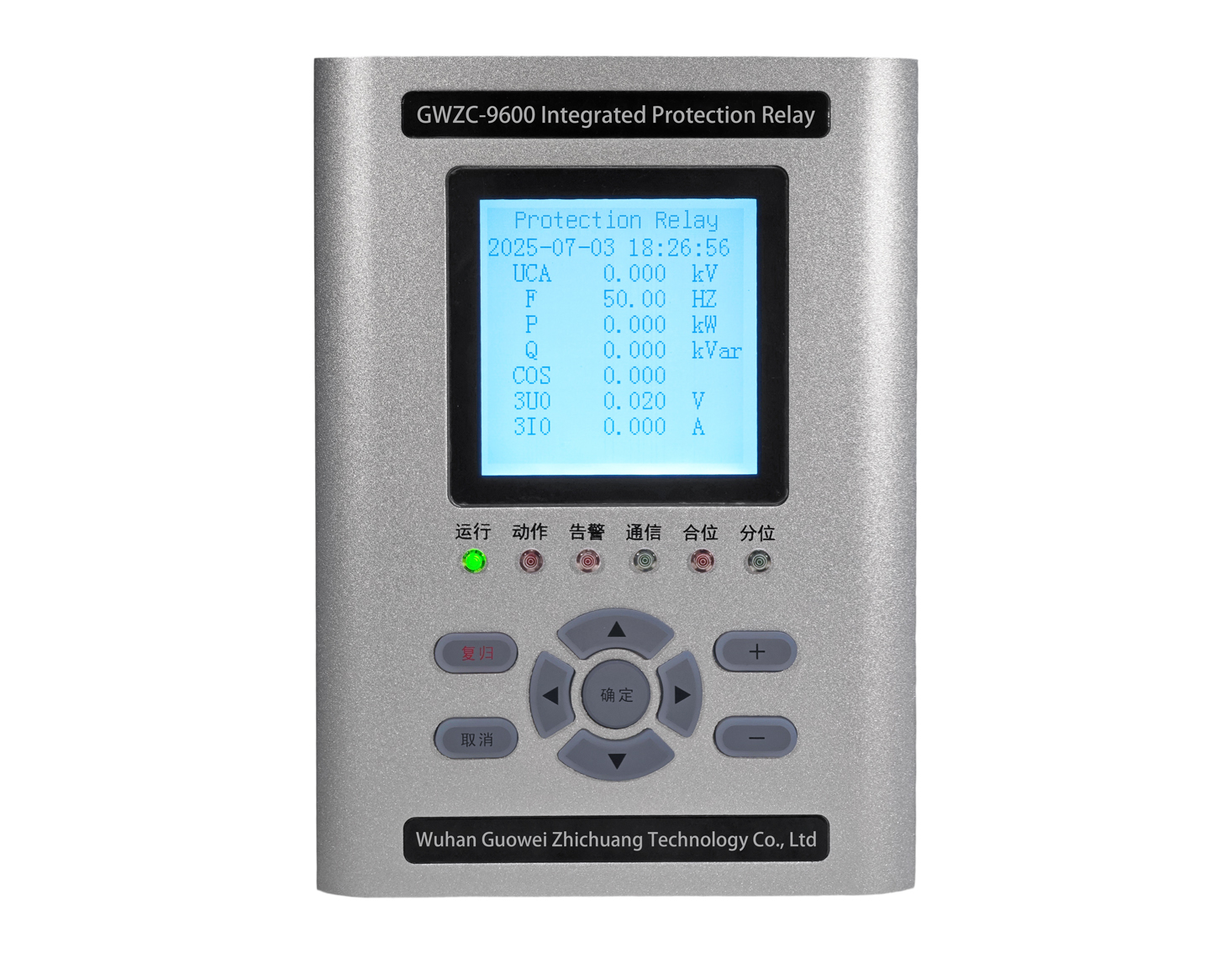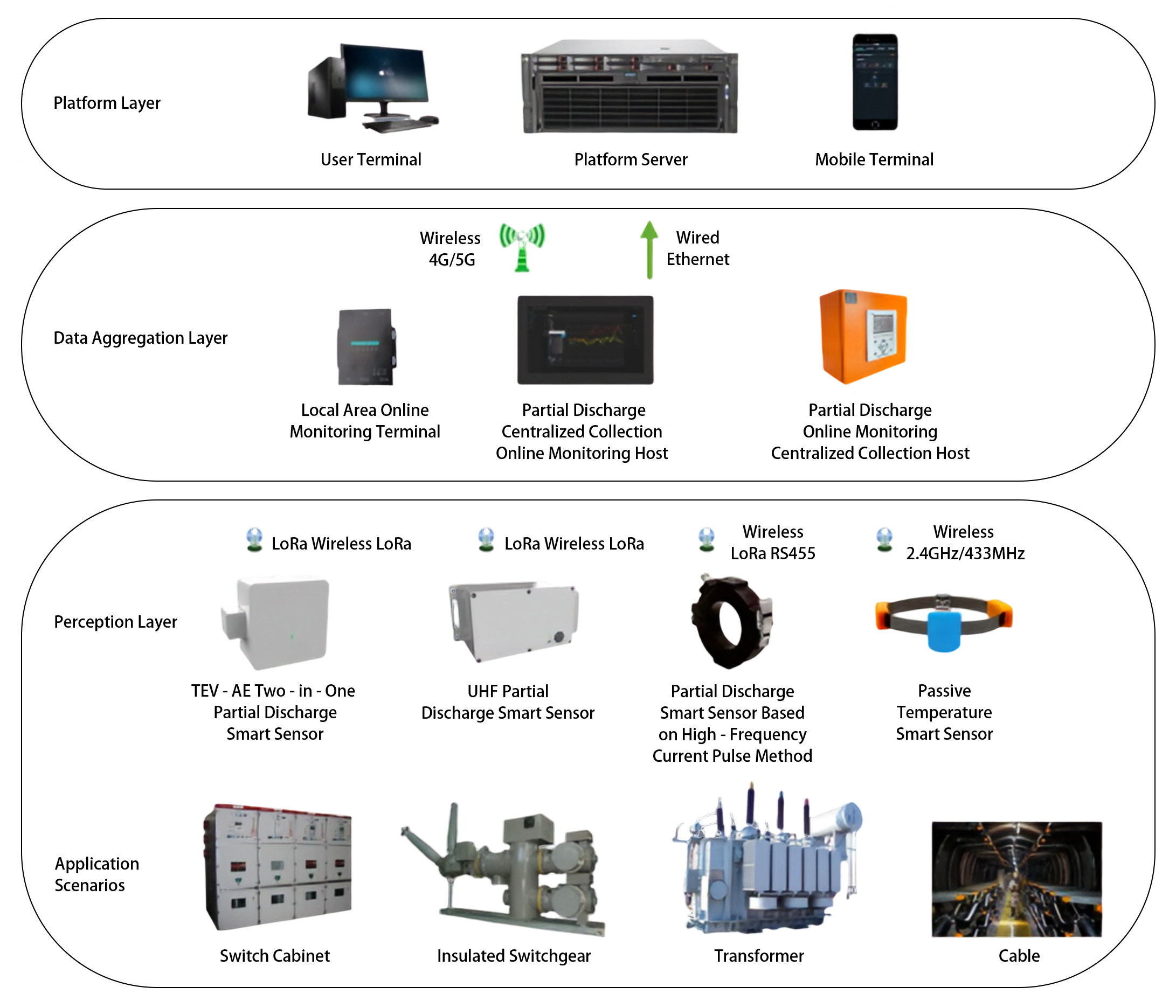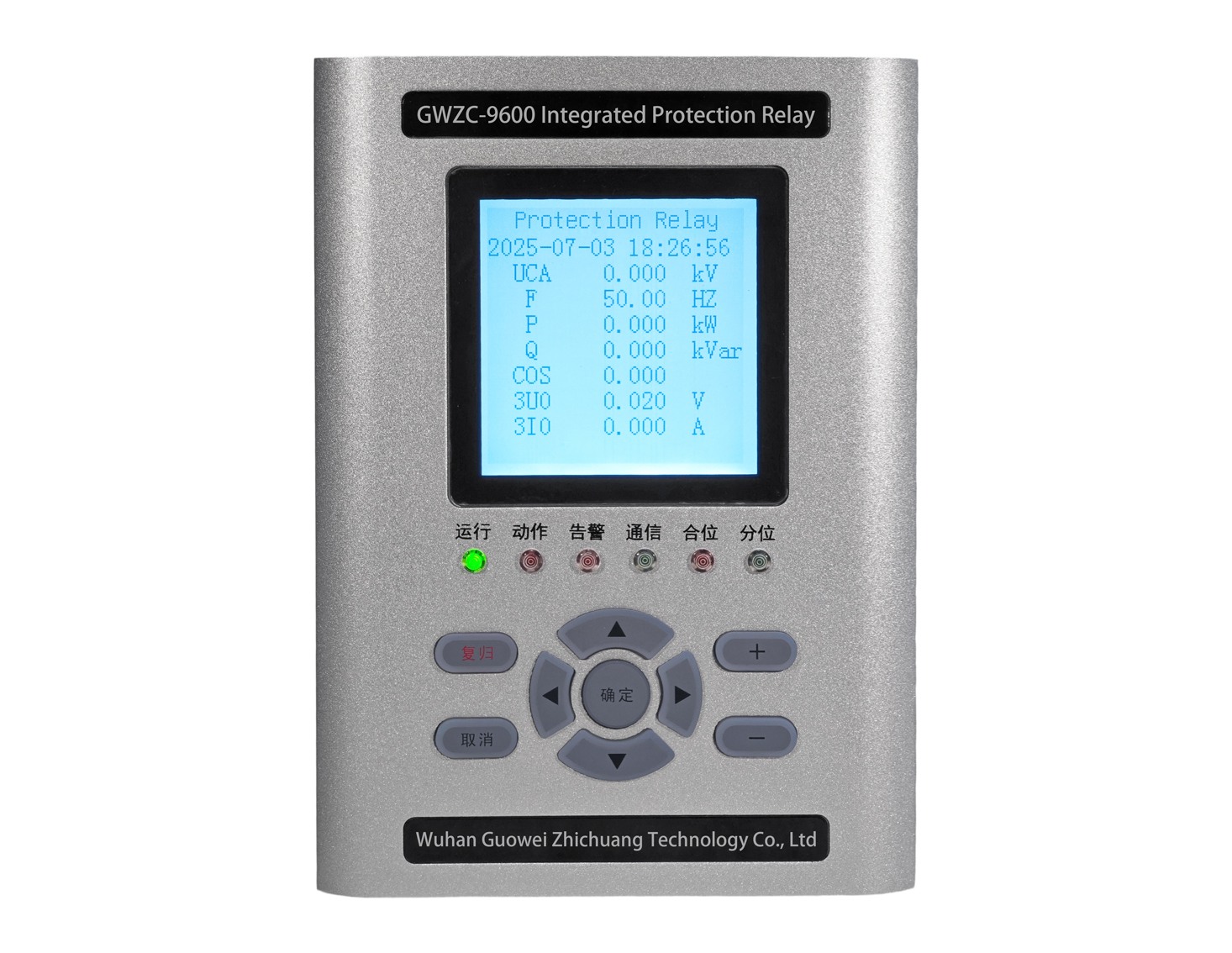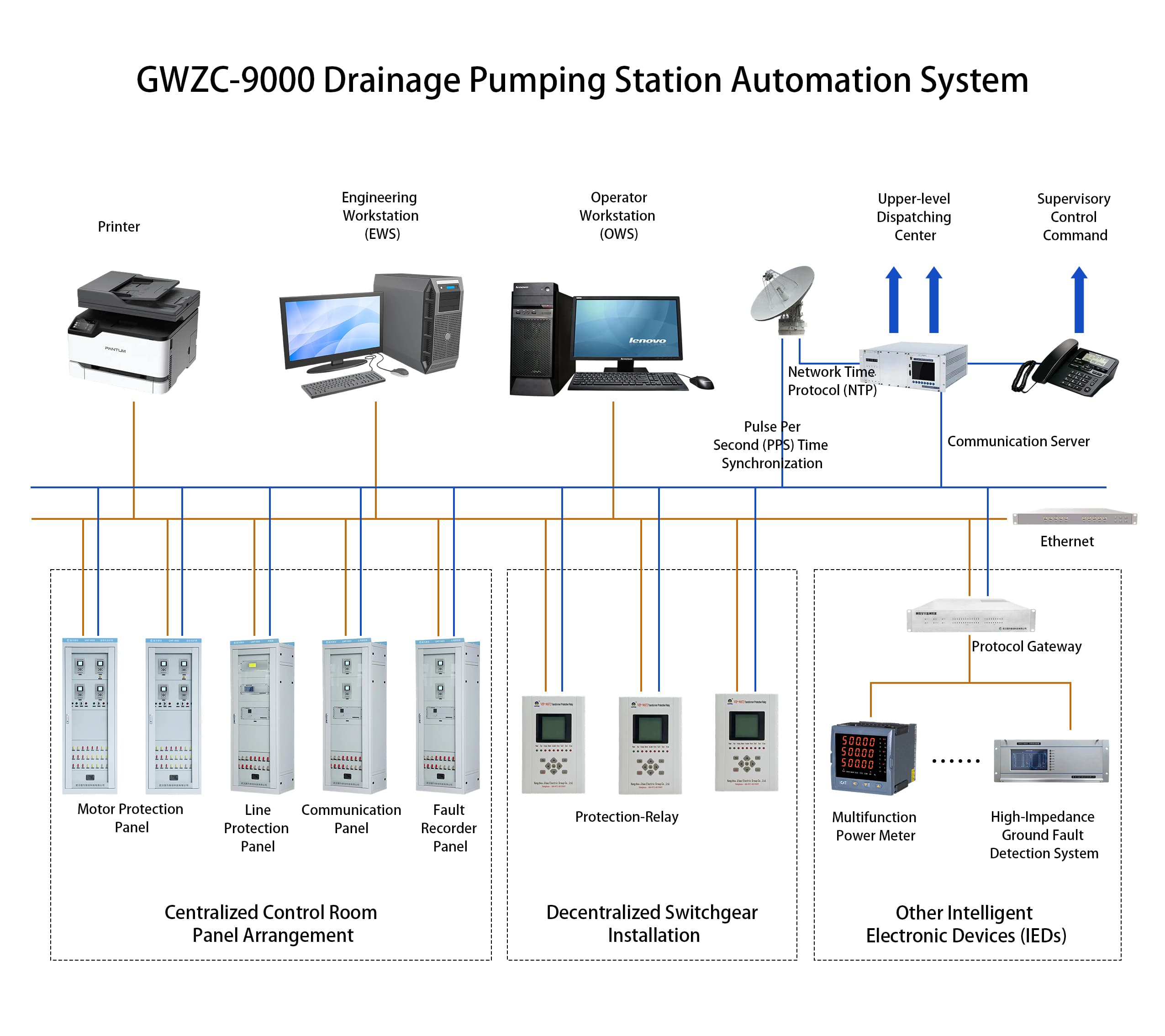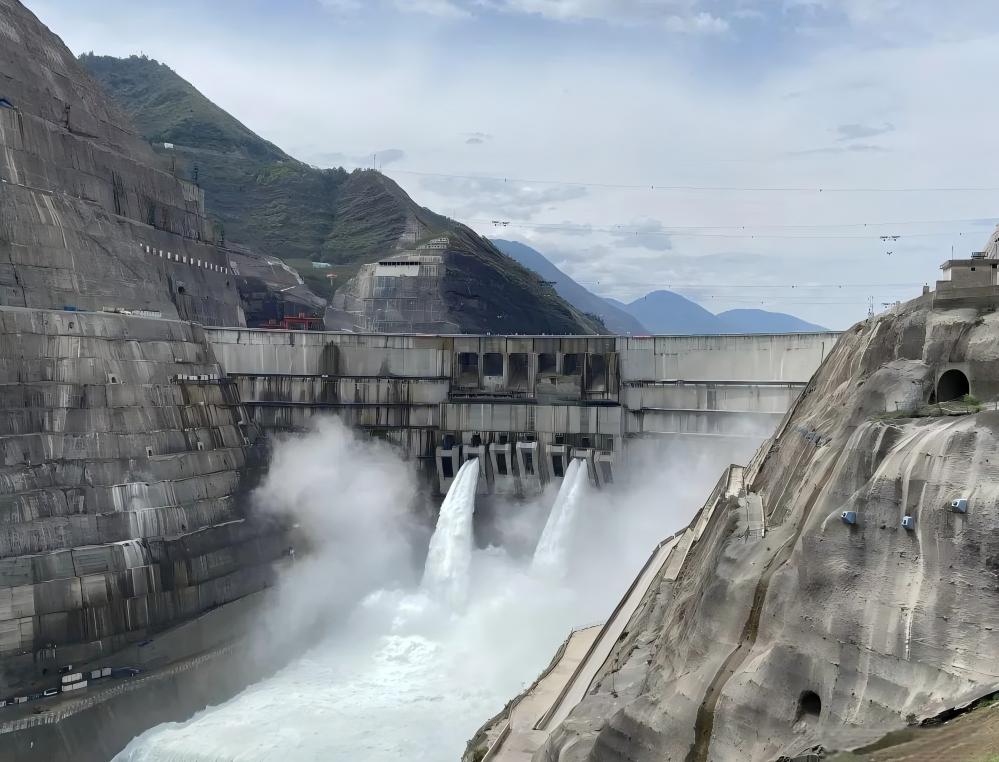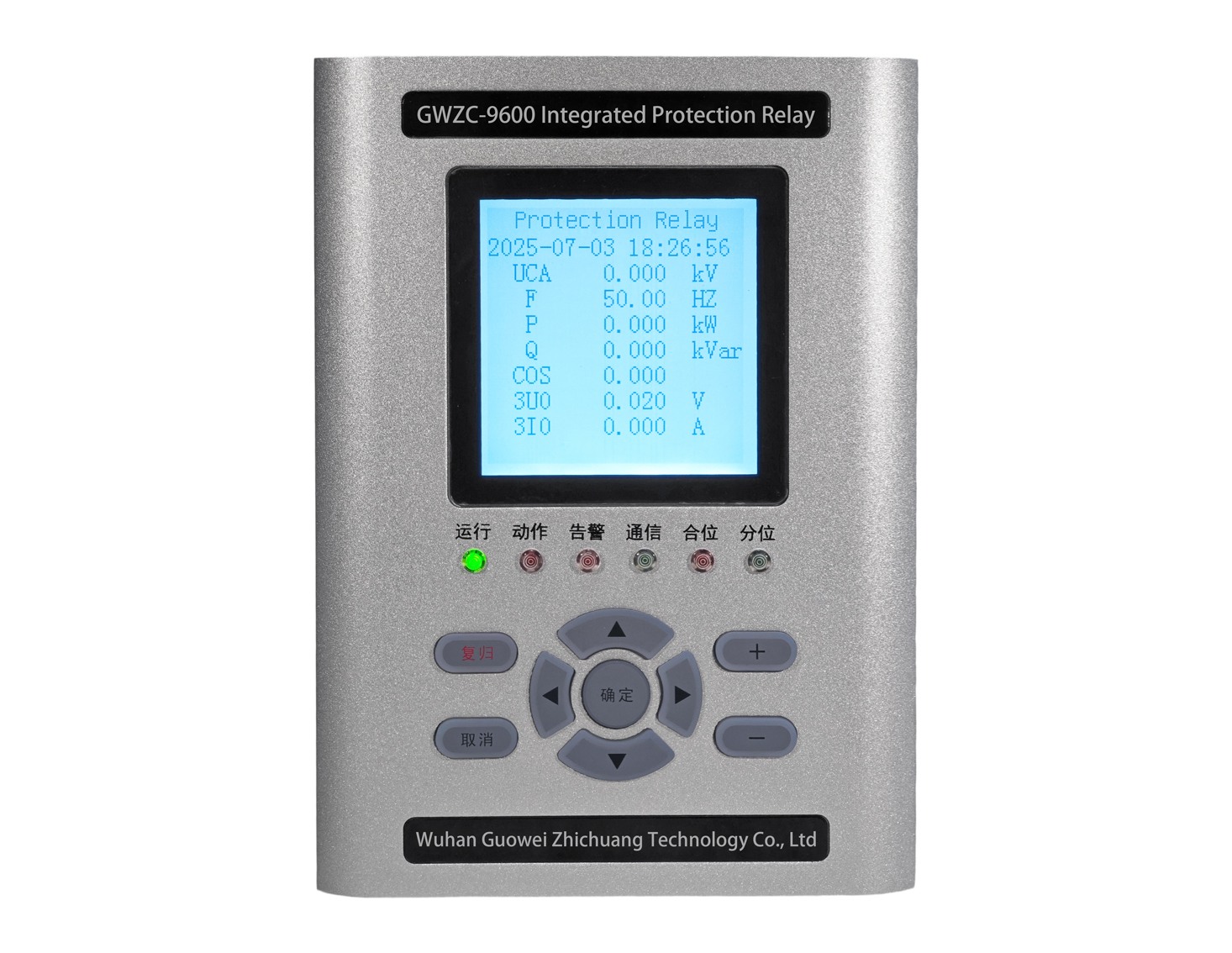Working principle, function, and setting calculation for the generator 100% stator earth fault protection.
Generator 100% stator earth fault protection overcomes traditional coverage limitations by combining two complementary methods. The third-harmonic voltage principle monitors the neutral-to-terminal voltage ratio to detect faults near the neutral, triggering when this ratio falls below a typical threshold of 0.3-0.5. Simultaneously, the low-frequency injection method introduces a 20Hz signal to measure insulation resistance across the entire winding, operating if resistance drops below pre-set thresholds (typically 1-5 kΩ). This dual approach ensures complete stator coverage without dead zones, provides high sensitivity for kΩ-range faults, and offers redundancy. Protection settings are derived from security margins applied to measured normal operating parameters, including harmonic voltage ratios and maximum unbalanced voltage, making it essential for large generator security.
2025/07/07


